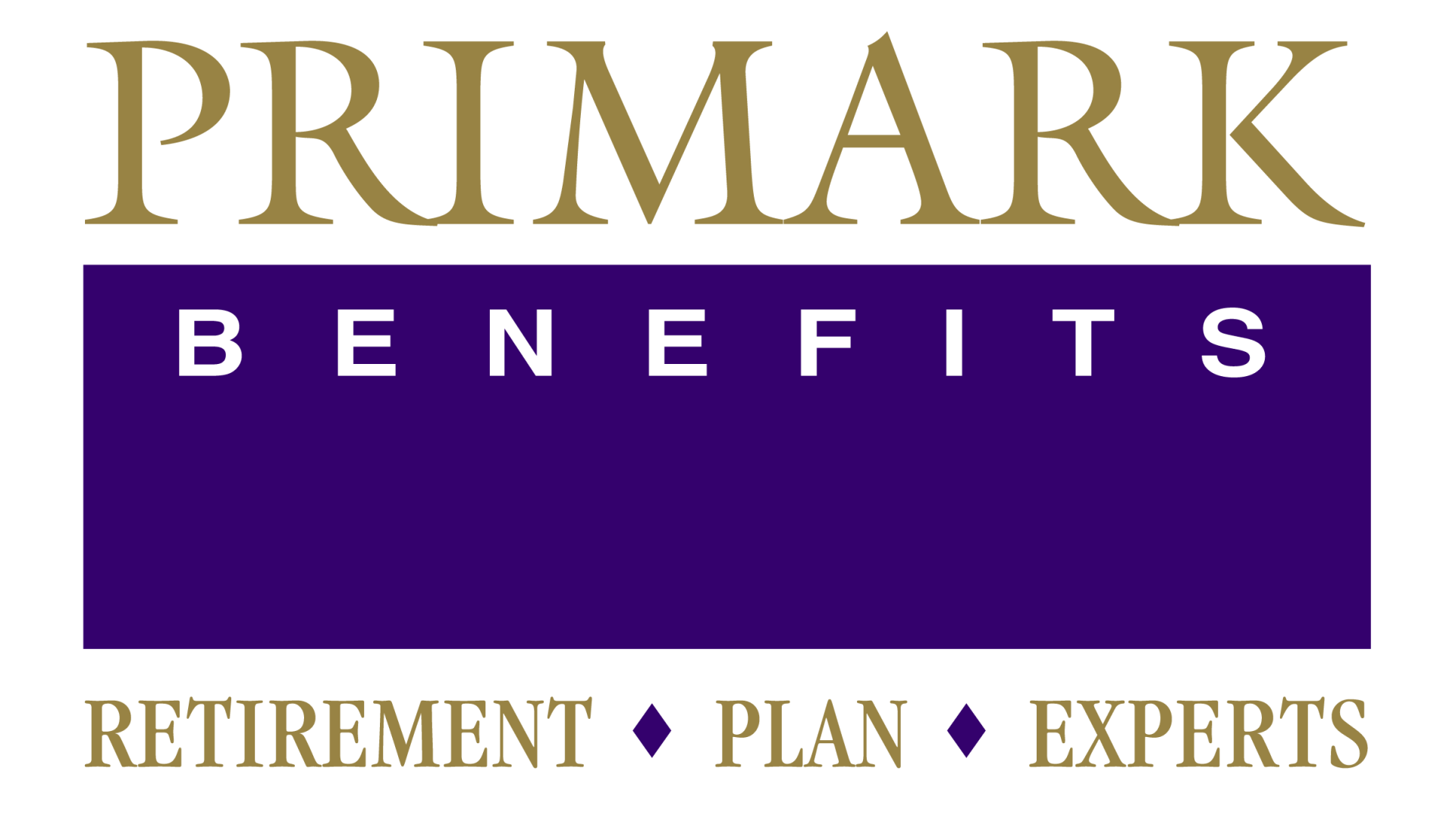2025 Contribution Limits
November 4, 2024
The new Retirement Plan Contribution Limits are official!

The following limits are going up for 2025:
- Maximum contributions for 401(k), 403(b) and 457 increases to $23,500
- Maximum contributions for highly compensated employees increased to $160,000
- Maximum contributions for SIMPLE retirement accounts increased to $16,500
- Maximum contributions for Defined Contribution Limit increased to $70,000
- NEW Super Catch-up for Age 60-63 is $11,250
There are a number of new provisions including the "super catch-up" for ages 60-63. Review the full list of contribution limit changes here.

As we approach the end of the year, it’s time for employers, plan sponsors, and participants to review the new retirement plan limits for 2026. Each year, the IRS updates the thresholds for contributions, compensation, and catch-up amounts to account for inflation and statutory changes. Staying on top of these numbers is critical for plan compliance, participant communications, and overall retirement strategy.

Welcome back to our series, How to “Break” a Retirement Plan” In Part I , we examined structural mistakes—the foundational missteps in plan design, contribution handling, and payroll processes that can quietly set a plan on the wrong path. Part II focused on operational blind spots, showing how day-to-day execution errors, from auto-enrollment missteps to mishandling former employees’ accounts, can derail even a well-designed plan. Now, in Part III, we turn our attention to what happens when the IRS takes a closer look. When a retirement plan is audited, the IRS isn’t searching for obscure loopholes; it’s looking for a familiar set of recurring problems. These are the same types of errors that often start small but can grow into significant compliance issues. Understanding where auditors tend to focus can help plan sponsors stay ahead of “issues” before they become “findings”.


